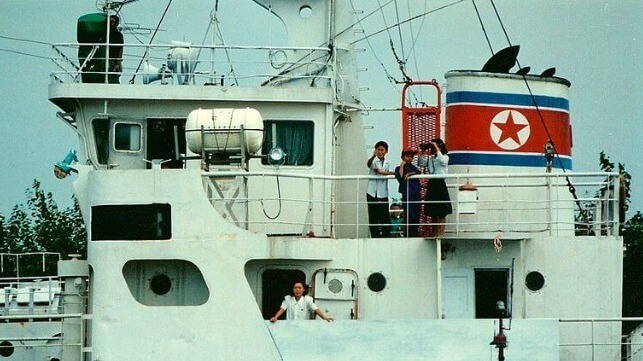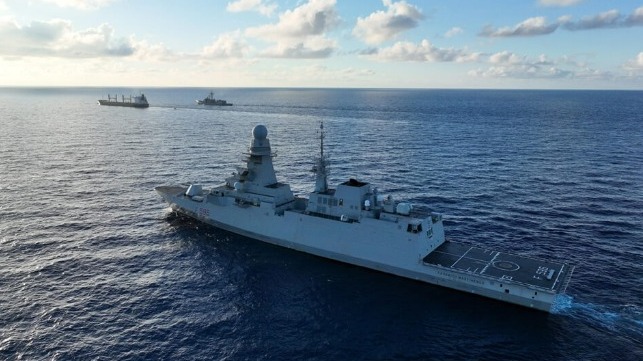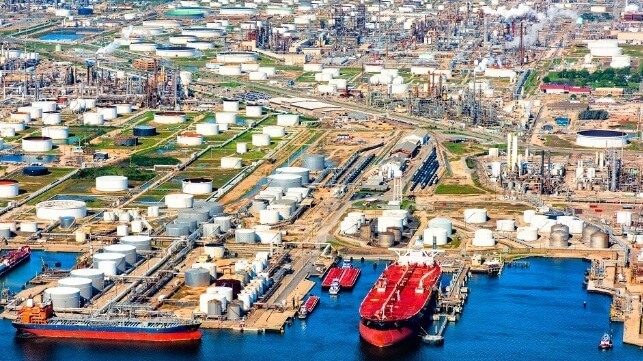Juneau and Cruise Lines Agree to Cap on Daily Passengers Starting in 2026
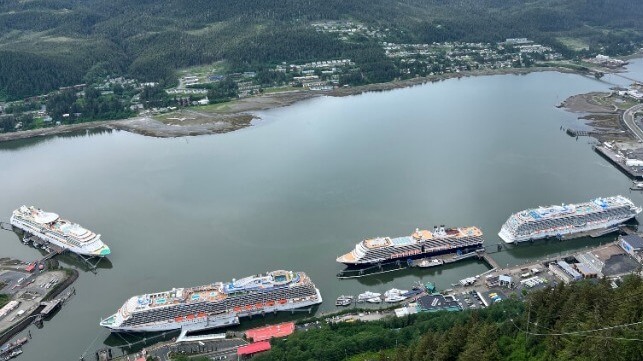
Tourism officials in Juneau, Alaska reached a voluntary agreement with the major cruise lines to enact further restrictions on the number of cruise passengers visiting the state capital. It follows a move this year limiting the number of ships that became the first in Alaska and followed a wider trend designed to manage the influx of cruise ships which many residents complain are overwhelming their city.
Around the world, major tourist destinations are grappling with a phenomenon known as overtourism. Juneau while the capital of the state only has a population of 32,255 residents according to the 2020 U.S. Census. Residency rises in the summer months to support the influx of cruise passengers which according to officials can be as high as 21,000 tourists in a single day.
Last year, Alaska had more than 1.6 million cruise passengers in a season that the lines continue to extend. It now runs for about 22 weeks as the lines started the first calls at the beginning of April and now continue till late October. Official reports said that cruise passengers increased 40 percent post-pandemic and are up as much as 23 percent over the record year in 2019. Tourism executives estimate that there will be 1.7 million passengers in 2023 but critics believe that is a purposefully low estimate.
Under the terms of the agreement announced this week, the major cruise lines are agreeing to coordinate their schedules to cap lower berths at 16,000 per day Sunday through Friday and 12,000 lower berths on Saturdays. The limit does not begin till 2026 because the tourism industry said the lines would need time to adjust schedules and that it would permit other southeastern Alaska towns to prepare for potential impacts.
Critics also point out that it is an artificial number as many of the ships sell third and fourth upper berths in a stateroom that are not included in the daily cap. The cruise industry proudly promotes that its ships operate several points above 100 percent when busy, often with children making up a portion of the third and fourth berths sold. It was also noted that the cap does not count crew even though a large cruise ship can have 1,500 crewmembers in addition to its passengers.
Juneau Visitor Bureau Director Alexandra Piece called the agreement a good compromise to maintain business while reducing the daily impact on residents. The cruise lines said it was part of their commitment to work with the destinations.
The new limit follows a restriction begun for 2024 that caps the number of cruise ships to five per day regardless of size. Despite this, 2024 is expected to be the busiest year ever with Juneau scheduled to receive 660 cruise calls between April and October. This would mean an average of 2,500 passengers per ship to reach the estimate while many of the biggest ships carry 4,000 or more passengers per cruise in season.
Critics were quick to say it does not go far enough and are proposing a referendum in the next election. City officials have previously said that the Alaska constitution does not permit such an effort but critics are already organizing petition drives.
One proposal calls for no cruise ships above 250 passengers on Saturdays to give residents a respite from the onslaught of tourists. They contend the city could do more to reduce the impact. They note that three of the four docks used by the cruise ships are city-owned.
The proponents of the ban highlight that the Mendenhall Glacier Recreation Area, which is the most-visited tourist attraction in Alaska, is within the city limits. Passengers flock to a well-known downtown bar and restaurant as well as the gift shops but they also support over 70 whale-watching boats operating from the downtown docks. There are also countless buses crowding the city streets for tours, a non-stop flow of helicopters taking off and landing operating flightseeing to the glaciers, and floatplanes. Residents complain of the endless noise in addition to the congestion.
Juneau is not alone in the struggle to manage the interests of residents against business owners that depend on the passengers and tourists during a relatively short season. Bar Harbor, Marine has been locked in a similar battle, and despite legal challenges, its limit on the number of cruise passengers appears to be standing with cruise lines already substituting other ports in Maine. The residents of Key West voted for limits which were largely overridden by Governor Ron DeSantis. Internationally, cities including Amsterdam, Barcelona, and Venice have all taken steps to remove cruise ships from the city center or reduce the number of visitors. The mayor of Palma, the capital city of Mallorca in Spain's Balearic Islands, recently also proposed limits on cruise ships.
Cruise lines respond that they can stagger the timing of their ships and coordinate schedules to limit the number of mega-ships in a port on a single day. However, as the number of cruise ships operating grows and they continue to increase in size, ports can expect to continue to see increases in the number of daily visitors.
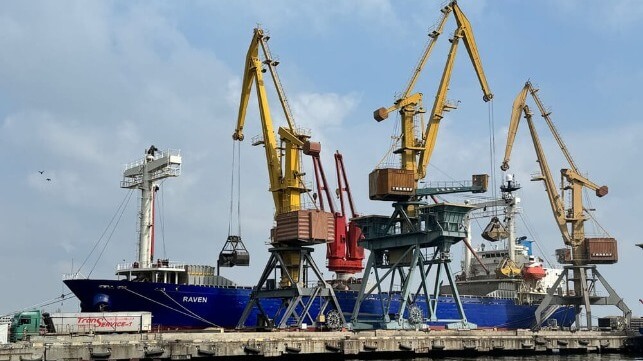

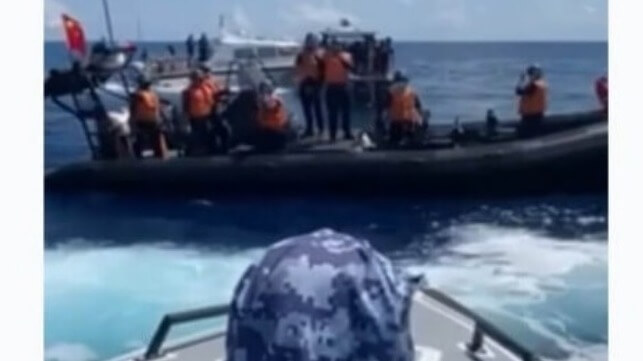

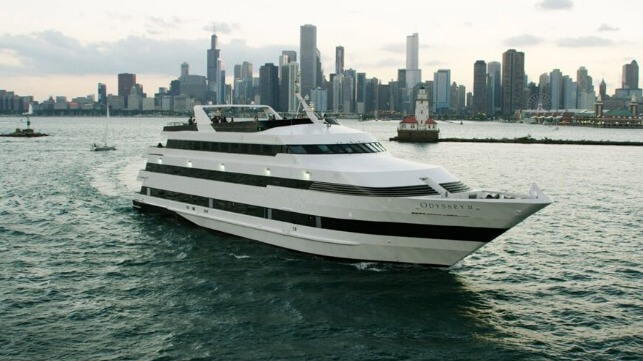

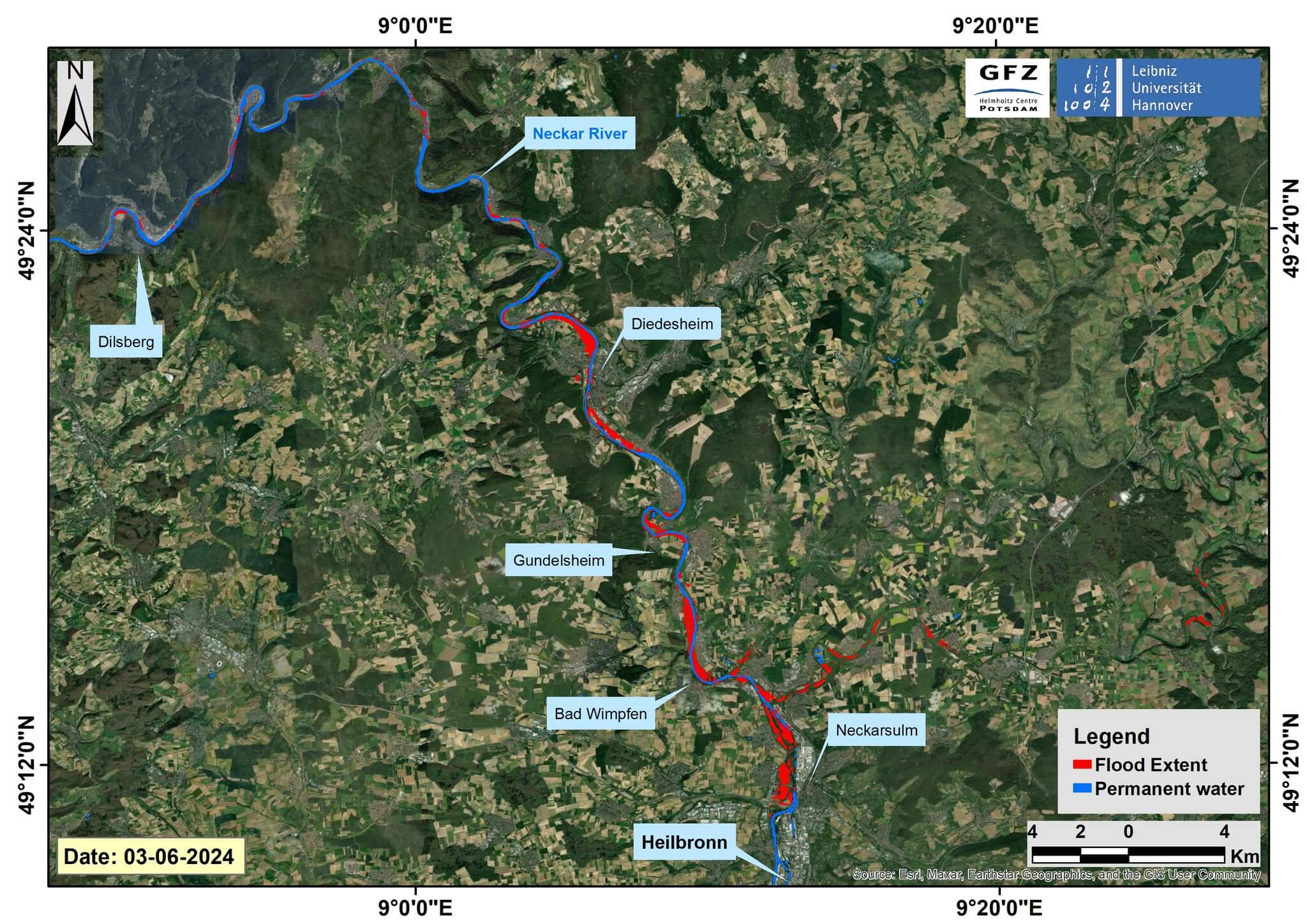 Flood extent on the Rhine, June 3 (GFZ Potsdam)
Flood extent on the Rhine, June 3 (GFZ Potsdam)
 Spoofing at Simferopol International Airport. Sources: Marine Traffic, annotated by the authors
Spoofing at Simferopol International Airport. Sources: Marine Traffic, annotated by the authors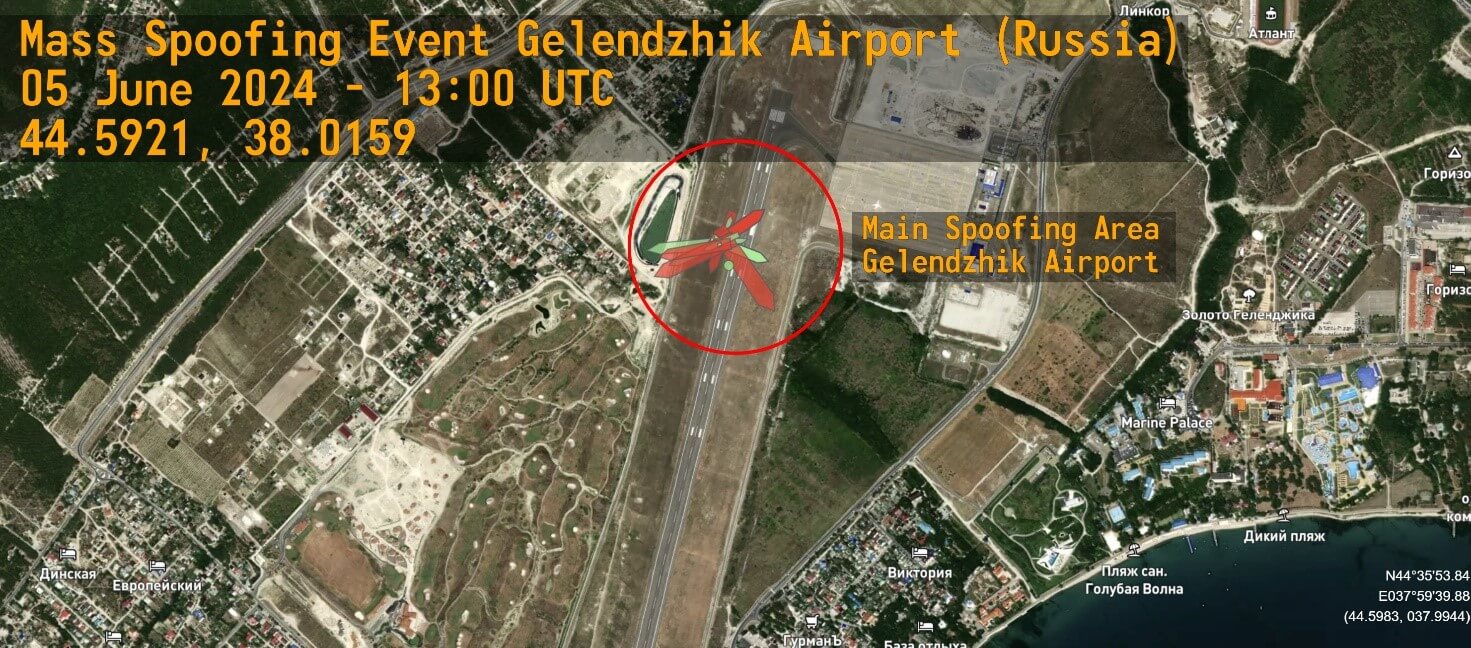 Spoofing at Gelendzhik Airport (Russian Federation). Sources: Marine Traffic, annotated by the authors.
Spoofing at Gelendzhik Airport (Russian Federation). Sources: Marine Traffic, annotated by the authors.